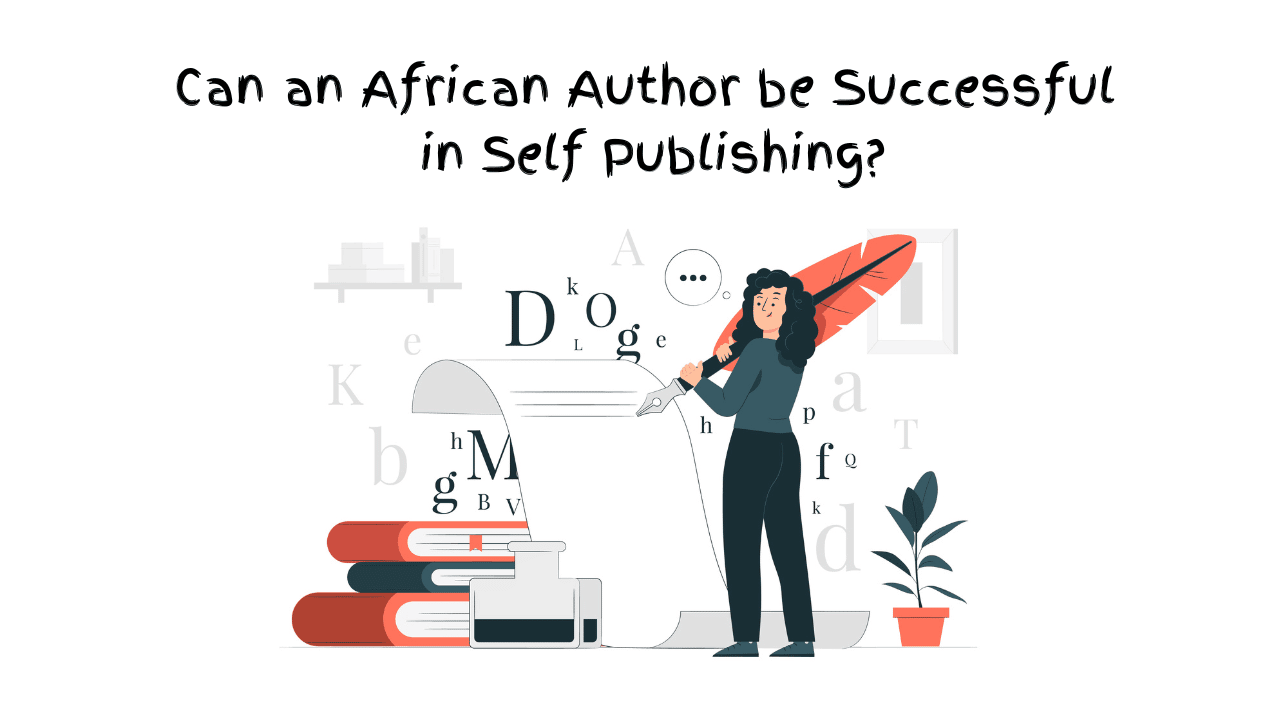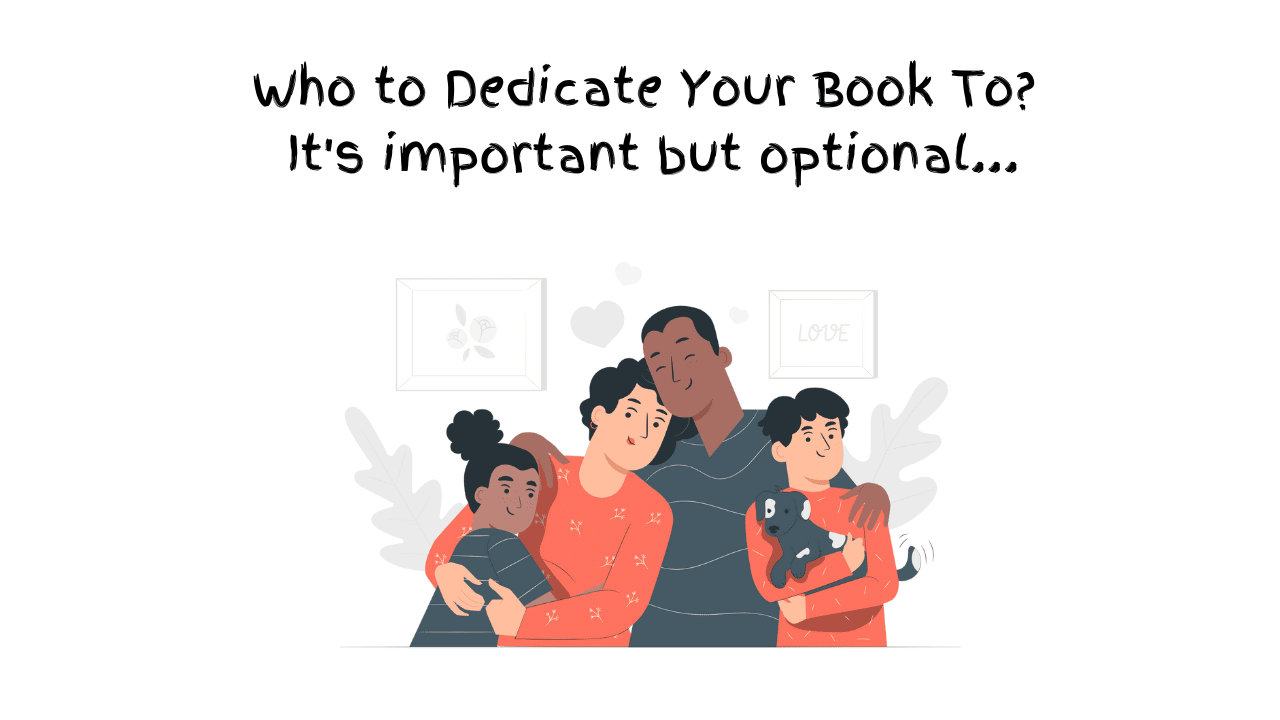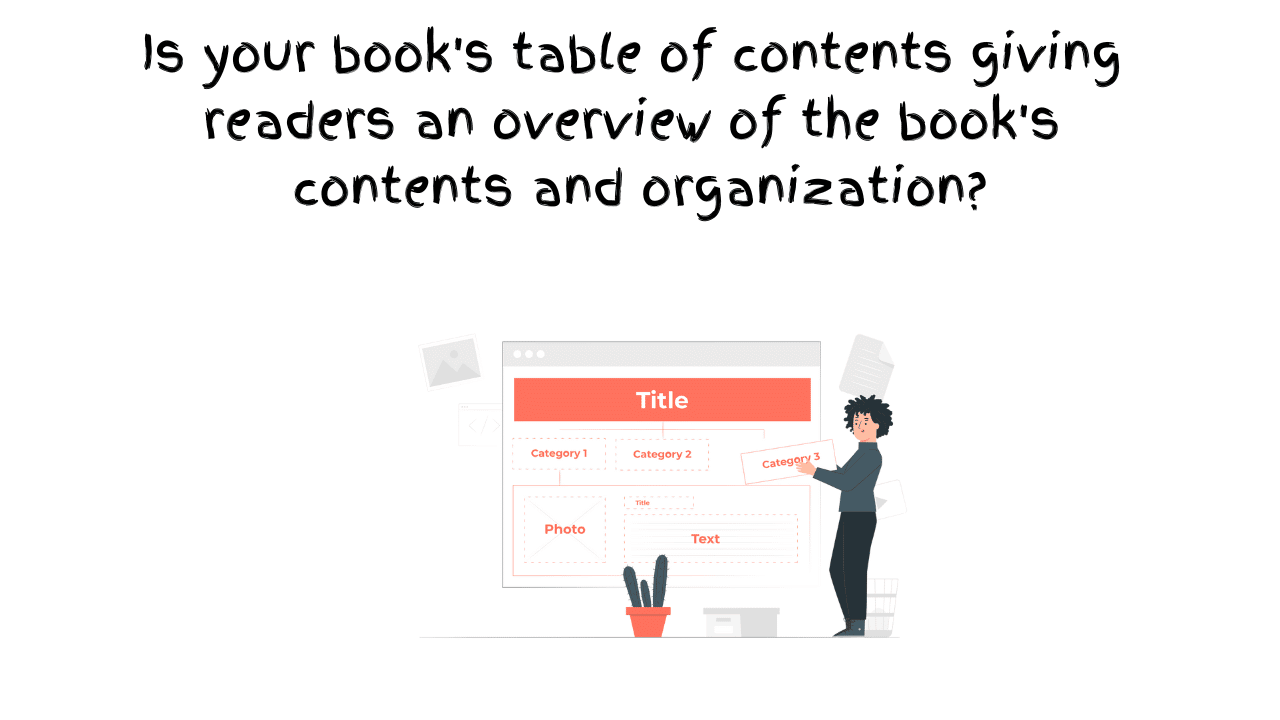Making a non-fiction book personal and engaging involves several strategies to connect with readers on a deeper level and draw them into the narrative. By connecting with readers on a personal level, you can create a meaningful and memorable reading experience that resonates long after they’ve finished the book.
Here are some techniques to consider:
Share Personal Stories and Anecdotes: Incorporate personal anecdotes, experiences, and stories into the narrative to make it relatable and authentic. By sharing your own journey, struggles, and triumphs, you can establish a connection with readers and provide real-life examples that illustrate key concepts or themes. This will inspire them to apply the book’s principles to their own lives.
Clarify and Strengthen the Thesis: Ensure that the book’s main thesis or central argument is clear, compelling, and well-supported throughout the text. Clarify the purpose of the book and the key message you want to convey to readers. Consider whether the thesis needs to be refined or expanded to provide greater depth and insight into the subject matter.
Add Depth Through Research and Analysis: Conduct additional research to add depth and context to the book’s content. Incorporate insights from theological, historical, and philosophical sources to provide a richer understanding of the subject matter. Analyze key concepts, scriptures, and theological arguments in greater detail, offering readers new perspectives and insights that they may not have considered before.
Use Conversational Tone and Language: Write in a conversational tone that feels natural and approachable to readers. Use language that is clear, concise, and engaging, avoiding overly technical or academic terminology. Imagine you are having a conversation with a friend, and strive to maintain a friendly and accessible tone throughout the book.
Address the Reader Directly: Break the fourth wall by addressing the reader directly and inviting them to participate in the conversation. Use second-person pronouns (“you”) to engage readers and encourage them to reflect on their own experiences, beliefs, and perspectives. Encourage reader involvement through questions, prompts, and exercises that encourage self-reflection and interaction.
Create Vivid Descriptions and Scenes to Engage the Senses: Use descriptive language to paint vivid images and scenes that bring the subject matter to life and create a more immersive reading experience. Engage the reader’s senses by appealing to sight, sound, smell, taste, and touch, immersing them in the world you are describing. Use storytelling techniques such as dialogue, anecdotes, action, and scene-setting to create dynamic and memorable narratives.
Show Empathy and Understanding: Demonstrate empathy and understanding towards your readers by acknowledging their feelings, concerns, and challenges. Validate their experiences and emotions, and offer practical advice, insights, and solutions that address their needs and aspirations. Show that you are invested in their journey and committed to supporting them every step of the way.
Use Humor and Wit: Inject humor, wit, and personality into your writing to keep readers engaged and entertained. Use anecdotes, jokes, and humorous observations to lighten the mood and break up dense or complex information. However, be mindful of the tone and context, and avoid using humor that may alienate or offend readers.
Provide Personal Reflections and Insights: Share your own reflections, insights, and lessons learned throughout the book. Be transparent about your own successes and failures, and offer valuable takeaways that readers can apply to their own lives. By sharing your personal wisdom and perspective, you can inspire and empower readers to make positive changes and pursue their goals.
Include questions for reflection, journaling prompts, and practical exercises throughout the book to encourage readers to engage with the material on a deeper level. Encourage readers to apply the book’s principles to their own lives, relationships, and spiritual journeys, providing guidance and support as they seek to grow in faith and discipleship.
Seek Feedback and Revision: Seek feedback from beta readers, editors, and trusted advisors to identify areas for improvement and refinement. Be open to constructive criticism and willing to revise and rework sections of the book as needed to enhance clarity, coherence, and effectiveness. Continuously strive to improve the book’s content, structure, and presentation to better serve the needs and interests of readers.
By implementing these strategies, you can transform a flat non-fiction Christian book into a more engaging, impactful, and transformative reading experience that resonates with readers and leaves a lasting impression on their hearts and minds.
Why is Sharing Personal Stories and Anecdotes Important?
Incorporating personal stories and anecdotes into a non-fiction narrative enhances its authenticity, relatability, and engagement, making it more impactful and memorable for readers.
By sharing their own experiences and insights, authors can connect with readers on a deeper level and inspire them to create positive change in their own lives.
Here are some reasons why:
Establishing Authenticity: Personal stories add authenticity to the narrative by demonstrating that the author has firsthand experience with the subject matter. Readers are more likely to trust and connect with an author who shares their own experiences and perspectives.
Creating Relatability: Personal anecdotes make the content relatable to readers by showing that they are not alone in their struggles, challenges, and triumphs. When readers see themselves reflected in the author’s stories, they feel understood and validated, fostering a sense of empathy and connection.
Illustrating Key Concepts: Personal stories serve as concrete examples that illustrate abstract concepts or themes discussed in the book. By providing real-life scenarios and experiences, authors can clarify complex ideas and make them more accessible and understandable to readers.
Engaging Readers: Personal anecdotes capture readers’ attention and draw them into the narrative by adding depth, emotion, and human interest. Readers are more likely to be engaged and invested in a book that includes compelling stories and anecdotes that resonate with their own experiences.
Inspiring and Motivating: Personal stories have the power to inspire and motivate readers by showcasing the author’s journey of growth, transformation, and resilience. When readers see how the author overcame obstacles and achieved success, they are encouraged to take action and pursue their own goals and aspirations.
Step1: Prepare Yourself to Get Published…
Are you ready to publish your book? Here is how you need to prepare. Have your manuscript ready and explore the oprions available today. If you are stuck in getting it started or finished, there is several ways to get help. Explore and get published today!
Read MoreStep2: Let’s Talk About Publishing
The self-publishing landscape has changed considerably in the past two decades with new technologies such as the Internet, and the $1 billion markets continuing to change at a rapid pace. Increasingly, there are numerous alternatives to traditional publishing, and self-publishing is becoming the first choice for writers.
Read MoreStep3: Factors to Consider Before Self Publishing
Jesus, while talking to the disciples about following Him, asked them to count the cost. The same Scripture applies to authors today - you have to count the cost from the beginning to ensure you don't stop at some point in your book project's journey.
Read MoreStep4: Requirements for Self Publishing
Are you ready to be published? Use our 4 points check list and tick 'Published Author' box so you can move on to the next God-given assignment...
Read MoreStep5: Publishing Steps – Review
Is your manuscript due for a review towards getting published? The major focus during manuscript review is the general quality of the book. It is important to establish the overall completeness, scope and readership of the manuscript and whether the presentation and accessibility of the book is suitable. #RaisingAfricanVoices
Read MoreStep5a: How to Write a Book Dedication
A book dedication is a way for you, the author to bestow a high honor on a person (or a group of people) you wish to praise or otherwise spotlight. This dedication note is often short and usually focused on one person (or a specific group of people). It’s supposed to be personal, rather than professional. It goes on the dedication page, which is in the very front of the book, after the title page. Here's how to write one. #RaisingAfricanVoices
Read MoreStep5b: How to Write a Book’s Foreword
A well-written foreword can function as the ultimate third-party recommendation or endorsement for your book, generating interest and helping when it’s time to market your book. Here are the benefits of forewords and a guide to writing one. #RaisingAfricanVoices
Read MoreStep5c: How to Write a Book Introduction
Are you stuck on writing your book introduction? Here's how to... Hook the reader right from the beginning with a personal story from your life, a funny story, a joke, or just an interesting fact that causes him/her to want to continue reading. #RaisingAfricanVoices
Read MoreStep5d: How to Write a Book’s Conclusion
If your readers are in the conclusion chapter, it also means they read the whole book, they liked it, and now they want you to wrap it up. So don’t rash it. Give them what they want. Here's how to write a good conclusion for your book. #RaisingAfricanVoices
Read MoreStep5e: How to Write an Author’s Bio
People are looking for reasons why they should spend their time reading what you have written. You need to instill confidence in your readers that you are knowledgeable on the subject matter by writing an appropriate bio. Here's how to write one. #RaisingAfricanVoices
Read MoreStep5f: How to Write a Book’s Blurb
A blurb is a short yet descriptive account of the book that goes on the back cover or within the book sleeve of a hardcover book. It includes any information that represents the book best and intrigues the readers and shoppers to pick the book off the shelves. Here's how to write one... #RaisingAfricanVoices
Read MoreStep5g: What to Include in the Copyright Page and Complete the Copyrighting Process
Copyright law gives creators of original material the exclusive right to further use and duplicate that material for a given amount of time, at which point the copyrighted item becomes public domain. Here's what you need to know. #RaisingAfricanVoices
Read MoreStep5h: How to Write an Acknowledgment
An acknowledgment section in a book provides the space to go into lenghty details in thanking the people who were sources of inspiration and support for your book and life. Here'show to write one. #RaisingAfricanVoices
Read MoreStep5i: How to Write a Table of Contents
A table of content shows the things that are held or included in something. In the book industry, it is a list of the chapters or sections given at the front of a book or periodical. Here's how to write one... #RaisingAfricanVoices
Read MoreStep6a: How to Write a Devotional
A devotional book is a literary work designed to provide spiritual inspiration, guidance, and reflection for readers seeking to deepen their faith and relationship with God.
Read MoreStep6b: How to Write a Captivating Novel
A great novel is a complex interplay of various elements, but some key components often contribute to its greatness.
Read MoreStep6c: How to Use Dialogue in Story Writing
Effective dialogue is characterized by authenticity, clarity, and relevance to the story. It should sound natural and believable, reflecting the unique voices and perspectives of the characters. Dialogue tags, such as "said," "asked," and "replied," help identify speakers and maintain clarity in conversations.
Read MoreStep6d: How to Use ‘Show Don’t Tell’ in Story Writing
"Show don't tell" is a fundamental principle in storytelling that encourages writers to use descriptive language, actions, dialogue and scenes to reveal information to the reader, rather than simply telling them outright.
Read MoreStep6e: How to Elevate a Flat Non-fiction Christian Book to Make it Personal and Engaging
"Show don't tell" is a fundamental principle in storytelling that encourages writers to use descriptive language, actions, dialogue and scenes to reveal information to the reader, rather than simply telling them outright.
Read MoreStep6f: Ethical ways to use other people’s public stories in a non-fiction Christian book
"Show don't tell" is a fundamental principle in storytelling that encourages writers to use descriptive language, actions, dialogue and scenes to reveal information to the reader, rather than simply telling them outright.
Read More
















